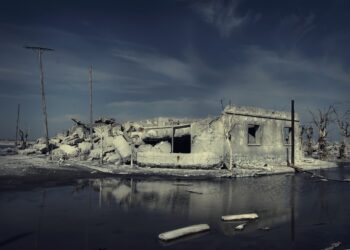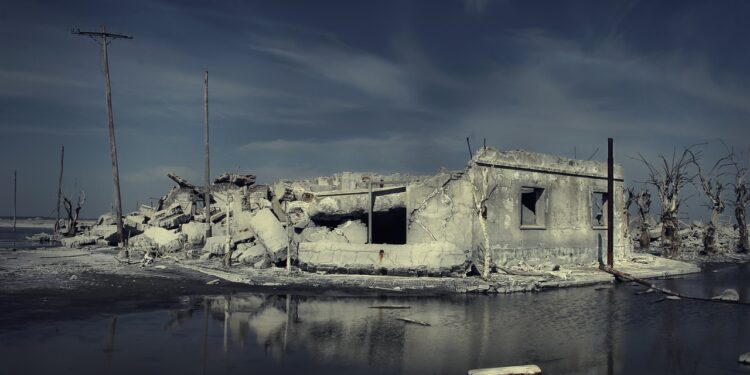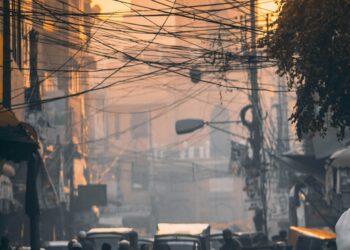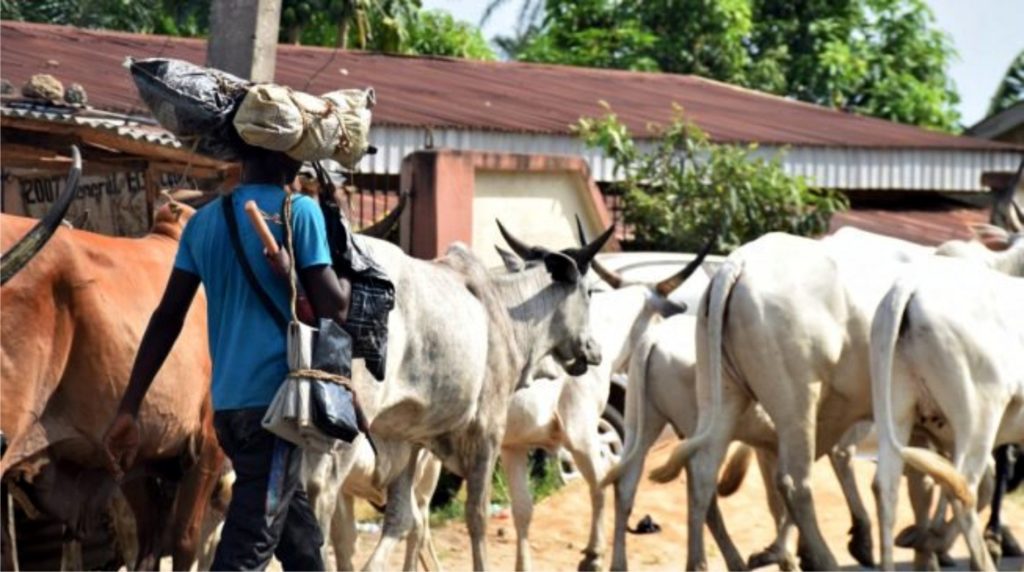Ahmed Hadab and his family have been living on the brink of survival since floods tore through their home in eastern Sudan. With nothing but a trickle of water and the milk from his last remaining goat, Hadab’s story is a cold reminder of Sudan’s endless woes. “We have no food,” he said, exhausted from days of wandering in search of shelter and sustenance. “The flood took our sorghum, flour, two goats, and even my donkey.”
As if Sudan hadn’t already suffered enough after 500 days of brutal fighting between the army and the Rapid Support Forces, now torrential rains have unleashed a new wave of destruction. Floodwaters, which began ravaging the country earlier this month, have spread devastation even further than the conflict itself.
Near Tokar, a town in the relatively peaceful eastern region, scenes of desperation unfold. People cling to the remnants of a bridge, pulling each other from the floodwaters with ropes, fighting to survive. The Arbaat Dam in Red Sea State collapsed on Sunday, endangering the freshwater supply for Port Sudan, the country’s de facto capital and a rare sanctuary for the displaced.
At least 64 people from the region are missing, with others stranded on high ground, left without food or hope of rescue. In Northern State, another area mostly spared by conflict, hundreds of households have been displaced. In Darfur, where millions are already facing severe hunger, the rains have not only destroyed displacement camps but also delayed critical aid deliveries.

According to the United Nations, over 300,000 people are now suffering due to the flooding, which has also triggered a cholera outbreak for the second consecutive year. The health ministry, aligned with the army, reports 1,351 cases so far, though the real number is likely higher, given the lack of access to RSF-controlled areas.
Abulgasim Musa, head of Sudan’s Early Warning meteorological unit, blames climate change for the extreme rains that have hit even the desert regions, stating his team had sounded the alarm as early as May.
On the ground in Tokar, the situation is dire. Mohamed Tahir, like many others, is desperately seeking higher ground. Aid is scarce, with a few scattered construction vehicles attempting to navigate the floodwaters and clear escape routes.
“Homes have collapsed. Some have been swept away and never found,” Tahir says, the weight of his words underscoring the sad reality. “Some have died, and they haven’t even been buried.”
Sudan’s plight continues to worsen, with floods now joining the list of calamities pushing the nation to the brink.

















